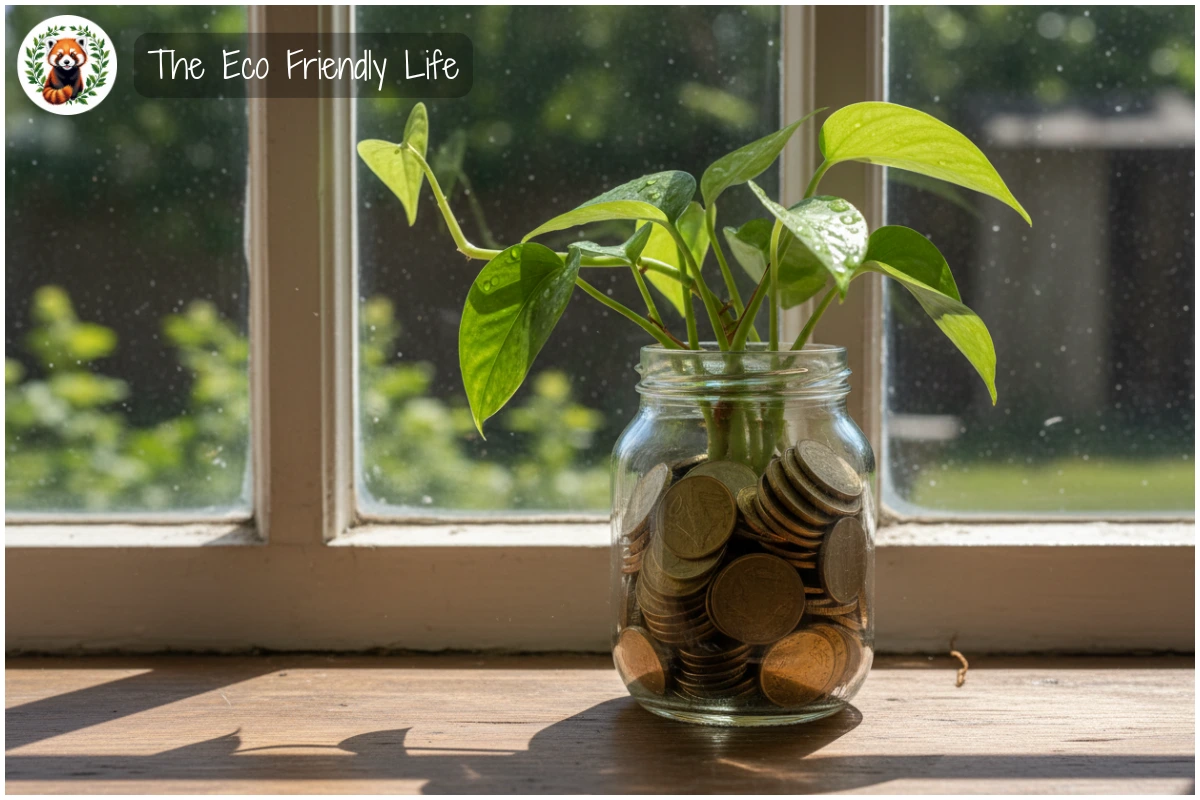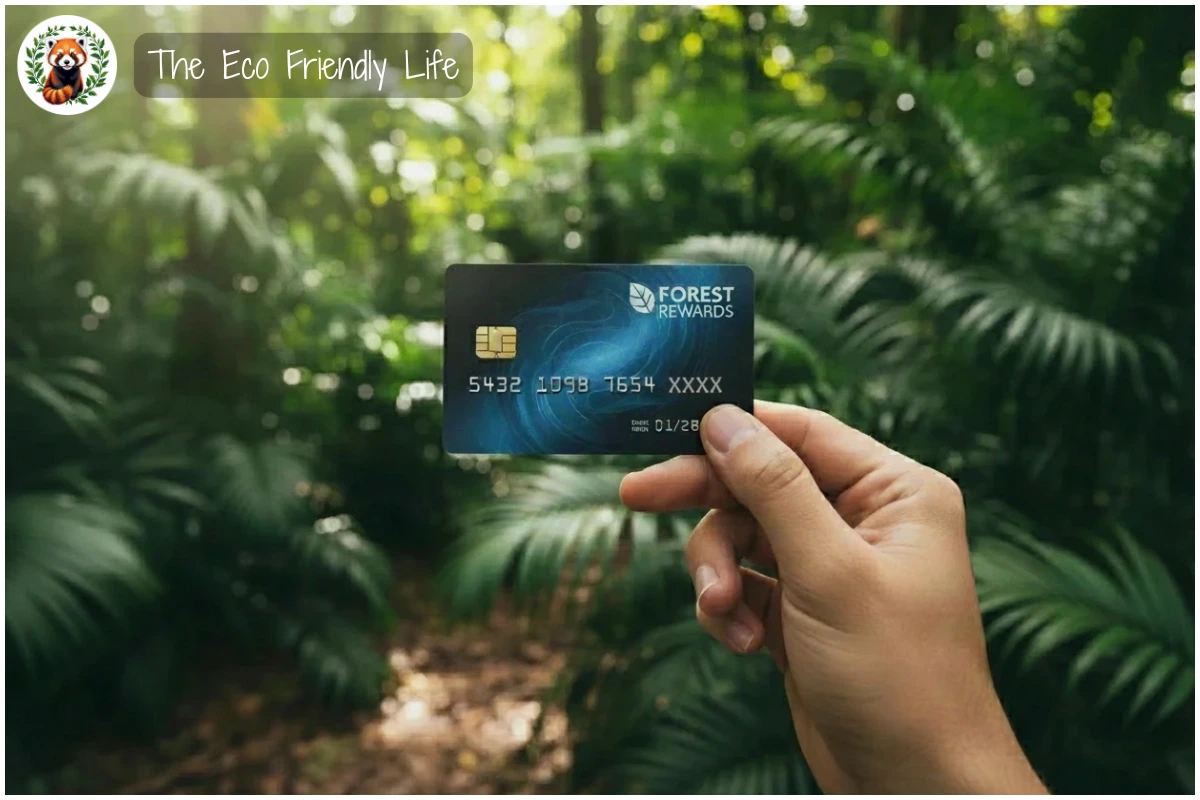We often think of environmental action in terms of recycling plastic, driving electric cars, or planting trees, but one of the most powerful tools for change is something we interact with every day: money. Green finance is the practice of directing financial flows—banking, investing, and lending—towards projects that support sustainable development and away from those that harm the planet. It acts as a bridge between the financial sector and the environmental needs of our world, ensuring that capital is available for renewable energy, clean water, and sustainable infrastructure.
Hi, I’m Al, and I am thrilled to welcome you to this exploration of how our wallets can shape the world. I have spent years researching how systemic changes, like the way we manage our finances, can have a far greater impact than individual habits alone. It is empowering to realize that you don’t need to be a billionaire to move markets; you just need to know where your money sleeps at night. I invite you to read on and discover how the global financial system is pivoting toward a greener future and how you can be a vital part of that transformation.
The Basics of Green Money
Defining the concept: Green finance is not a separate currency but a lens through which traditional financial activities are viewed and managed. It encompasses any financial initiative, product, or service designed to deliver environmental benefits alongside financial returns. This means that when a bank lends money or an investor buys a stock, they are explicitly considering factors like carbon emissions, water usage, and biodiversity protection. The goal is to shift the global economy from one that depletes resources to one that regenerates them through financing restorative and regenerative economic models.
The shifting tide of capital: For decades, the financial world prioritized short-term profits without counting the long-term cost to the planet. However, a massive shift is underway as central banks, governments, and major institutions realize that climate risk is actually financial risk. If a company’s business model relies on polluting practices that will soon be banned or become too expensive, that company is a bad investment. Consequently, trillions of dollars are beginning to move away from fossil fuels and into climate solutions, creating a new economic landscape where sustainability is a baseline requirement rather than a niche preference.

The movement of capital is just the beginning; to truly understand how this system functions, we need to look at the specific tools and engines that drive it forward.
The Mechanics of Sustainable Investing
Green bonds and loans: These are the workhorses of the green finance world. A green bond is a fixed-income instrument designed specifically to support specific climate-related or environmental projects. When a government or company issues a green bond, they are borrowing money from investors with a promise to use those funds exclusively for things like building wind farms, upgrading public transit, or improving energy efficiency in buildings. Similarly, green loans offer borrowers better terms, such as lower interest rates, if they commit to using the funds for verifiable sustainable purposes.
ESG criteria explained: You will often hear the acronym ESG, which stands for Environmental, Social, and Governance. This is a set of standards that socially conscious investors use to screen potential investments. Environmental criteria consider how a company safeguards the environment, including corporate policies addressing climate change. Social criteria examine how it manages relationships with employees, suppliers, customers, and the communities where it operates. Governance deals with a company’s leadership, executive pay, audits, internal controls, and shareholder rights. By analyzing these factors, investors can avoid companies that might pose ethical or financial risks due to poor sustainability practices.

Now that we understand the tools used to direct money, it is crucial to understand why this massive reallocation of resources is happening and what is at stake for the global economy.
The Global Impact and Necessity
Mitigating climate risk: The driving force behind the explosion of green finance is the urgent need to mitigate climate change. Physical risks, such as more frequent floods and wildfires, threaten assets like real estate and factories. Transition risks involve the financial losses that could occur as the world moves away from carbon-intensive industries—for example, a coal power plant becoming a stranded asset in climate finance that loses its value because it can no longer be legally or profitably operated. Green finance aims to future-proof the economy by funding the transition before these risks become unmanageable catastrophic failures.
Building resilient infrastructure: Beyond just avoiding disaster, green finance is about building the future. It provides the massive upfront capital required to construct the infrastructure of tomorrow. Transitioning the world’s energy systems, transportation networks, and agriculture requires trillions of dollars in investment. Green finance mechanisms ensure that this capital flows smoothly to the projects that need it most, such as solar arrays in sunny regions or flood defense systems in vulnerable coastal cities, creating jobs and economic stability in the process.

While institutions and governments play a huge role, the power of green finance ultimately trickles down to the choices made by consumers and families.
Retailers That Support the Planet – Our Product Recommendations
We believe that education is the first step toward action. To help you understand this complex topic and introduce the next generation to the value of money, we recommend two specific resources. These retailers offer products that directly empower you and your family to engage with the world of sustainable finance.
Our Retailer Recommendation for Adults
Coursera: The Finance of Climate Change
Mastering the economics of a warming world: For adults looking to deepen their understanding, Coursera offers a specialized course titled “The Finance of Climate Change” by EDHEC Business School along with many other courses related to Green Finance. This course is designed to explain how financial markets can be leveraged to fight climate change. It covers the risks and opportunities that global warming presents to the financial sector and explores how investors and policymakers can drive the transition to a low-carbon economy. It is an excellent, deep-dive resource for anyone wanting to move beyond the basics.
Our Retailer Recommendation for Kids/Families
Bookshop.org: A Kids Book About Money
Planting the seeds of financial responsibility: To engage the younger generation, we recommend “A Kids Book About Money” by Adam Stramwasser, available through Bookshop.org. While this book focuses on the fundamentals of saving, spending, and giving, it lays the critical groundwork for green finance: the idea that money is a tool that reflects our values. By teaching children that they have a choice in how they use their resources—specifically the power of “giving” and “wise spending”—you are preparing them to be the sustainable investors of the future.
Equipped with the right knowledge, we can now look at how you can personally apply these principles to your own bank account and daily financial life.
Empowering Your Wallet
Green banking choices: Your choice of bank is likely the single most impactful environmental decision you make. Many standard high-street banks use customer deposits to fund fossil fuel exploration, arms manufacturing, or deforestation. By switching your checking and savings accounts to a certified green bank or a credit union with a clear ethical mandate, you ensure that your money is lending support to community projects, renewable energy, and sustainable businesses while you sleep. It sends a powerful signal to the market that consumers demand ethical stewardship of their capital.
Sustainable pensions and funds: For many people, a pension fund is the largest pot of money they will ever accumulate. Historically, these funds defaulted to investing in the largest companies on the stock market, which often included heavy polluters. Today, you can exercise your right to choose. Most providers now offer “sustainable” or “ethical” fund options that screen out harmful industries. Moving your retirement savings into a green fund can reportedly have a carbon-reduction impact 21 times greater than giving up flying or becoming a vegetarian.

Taking control of your financial footprint can seem daunting, but it is built on small, practical steps that anyone can take immediately.
Practical Daily Tips You Can Action Today
| Practical Tip | How to Implement | How It Helps the Planet |
|---|---|---|
| Audit your bank | Check your bank’s fossil fuel investment policy online and switch if necessary. | Switching prevents your savings from inadvertently funding fossil fuel projects. |
| Check your pension | Ask your employer or provider if there is a “sustainable” fund option available. | Moving your pension can reportedly be 21x more effective than other green habits. |
| Read the label | Look for “ESG” or “SRI” labels on any investment products you consider. | These labels ensure your investments meet specific environmental and ethical standards. |
| Vote with your wallet | Prioritize buying from companies that publish transparent sustainability reports. | This rewards businesses that protect the planet and encourages others to follow. |
| Donate strategically | Set up a recurring monthly donation to a reputable climate finance charity. | Consistent funding allows non-profits to plan and execute long-term climate projects. |
| Use green energy | Switch your home utility provider to a plan that uses 100% renewable sources. | This directs your monthly bill payments to the growing renewable energy market. |
| Avoid fast fashion | Spend more on fewer, high-quality items from sustainable, ethical brands. | This reduces waste and denies revenue to industries with poor environmental records. |
| Support local | Shop at local farmers’ markets or independent community stores. | This keeps money circulating in your local economy and reduces transport emissions. |
| Borrow wisely | Ask lenders for “green loan” discounts when buying cars or home upgrades. | Many lenders offer better rates for energy-efficient purchases, saving you money. |
| Educate yourself | Read one financial news article a week about green trends or “greenwashing.” | Staying informed helps you spot fake claims and make smarter financial choices. |
With these practical steps in mind, you may still have some questions about how effective or accessible green finance really is.
FAQs
Is green finance only for wealthy investors?
No, anyone with a bank account or a small pension is a participant in the financial system. You can choose green banking options or micro-invest in sustainable funds with very small amounts of money.
Does sustainable investing mean lower returns?
Not necessarily; many studies show that sustainable funds perform as well as or better than traditional ones. Companies that manage environmental risks well are often better run and more resilient in the long term.
How do I know if a “green” product is genuine?
Look for third-party certifications and read the fund’s prospectus to see exactly where the money goes. Be wary of vague marketing claims and look for specific standards like “fossil-fuel free.”
Organizations to Support – Our Recommendations
These organizations are working on a systemic level to ensure that finance serves the planet.
- Kiva is a non-profit that allows individuals to lend money to low-income entrepreneurs and students in over 77 countries. They have a specific “Green Loans” category where you can lend as little as $25 to help someone purchase clean energy appliances, start a recycling business, or adopt organic farming methods.
- Rainforest Alliance: Beyond their famous frog seal, the Rainforest Alliance runs a Sustainable Finance Initiative that helps farmers in developing regions access the credit they need to invest in sustainable practices. You can donate to the Rainforest Alliance to help them bridge the gap between global finance and local agriculture to protect forests and livelihoods.
- WWF (World Wide Fund for Nature) is a major player in the green finance space, working with banks and regulators to develop standards for sustainable lending and investment. You can support WWF as they produce critical research that pressures the financial sector to stop funding habitat destruction and start funding conservation.
This sector is rapidly evolving, and staying informed requires looking at high-quality, expert sources.
Resources and Further Reading
To explore the technical and global policy side of green finance, we recommend these authoritative sources.
- UN Environment Programme Finance Initiative (UNEP FI): This is a partnership between the United Nations and the global financial sector to mobilize private capital for sustainable development. Their website is a treasure trove of reports, principles, and global standards for green banking and insurance.
- Climate Bonds Initiative: An investor-focused not-for-profit, Climate Bonds Initiative works solely to mobilize the $100 trillion bond market for climate change solutions. They provide the leading global standard for what actually counts as a “green bond.”
- The World Bank – Climate Finance: The World Bank provides extensive data and reports on how development finance is being used to help countries adapt to climate change. It offers a high-level view of how billions of dollars are being deployed globally.
Our Related Articles

How We Can Help The Environment
The environmental challenges facing our planet today are more urgent than ever before. From climate change and biodiversity loss to pollution and resource depletion, the…
Read More
What Does It Mean To Live A Green Lifestyle?
Living a green lifestyle has moved from being a niche movement to a global necessity. As our planet faces unprecedented environmental challenges, from climate change…
Read MoreConclusion
Green finance is more than just a buzzword; it is a fundamental reshaping of how the global economy functions. By redirecting capital from destruction to regeneration, we can fund the technologies and infrastructure needed to survive and thrive in a changing climate. Whether you are a policy maker, a banker, or an everyday depositor, your money has power. Every dollar you save, spend, or invest is a vote for the kind of world you want to live in.
We hope this article has illuminated the path toward a more sustainable financial future for you. What is one change you plan to make to your personal finances this week to align them with your environmental values? We would love to hear your thoughts and commitments in the comments section below.


